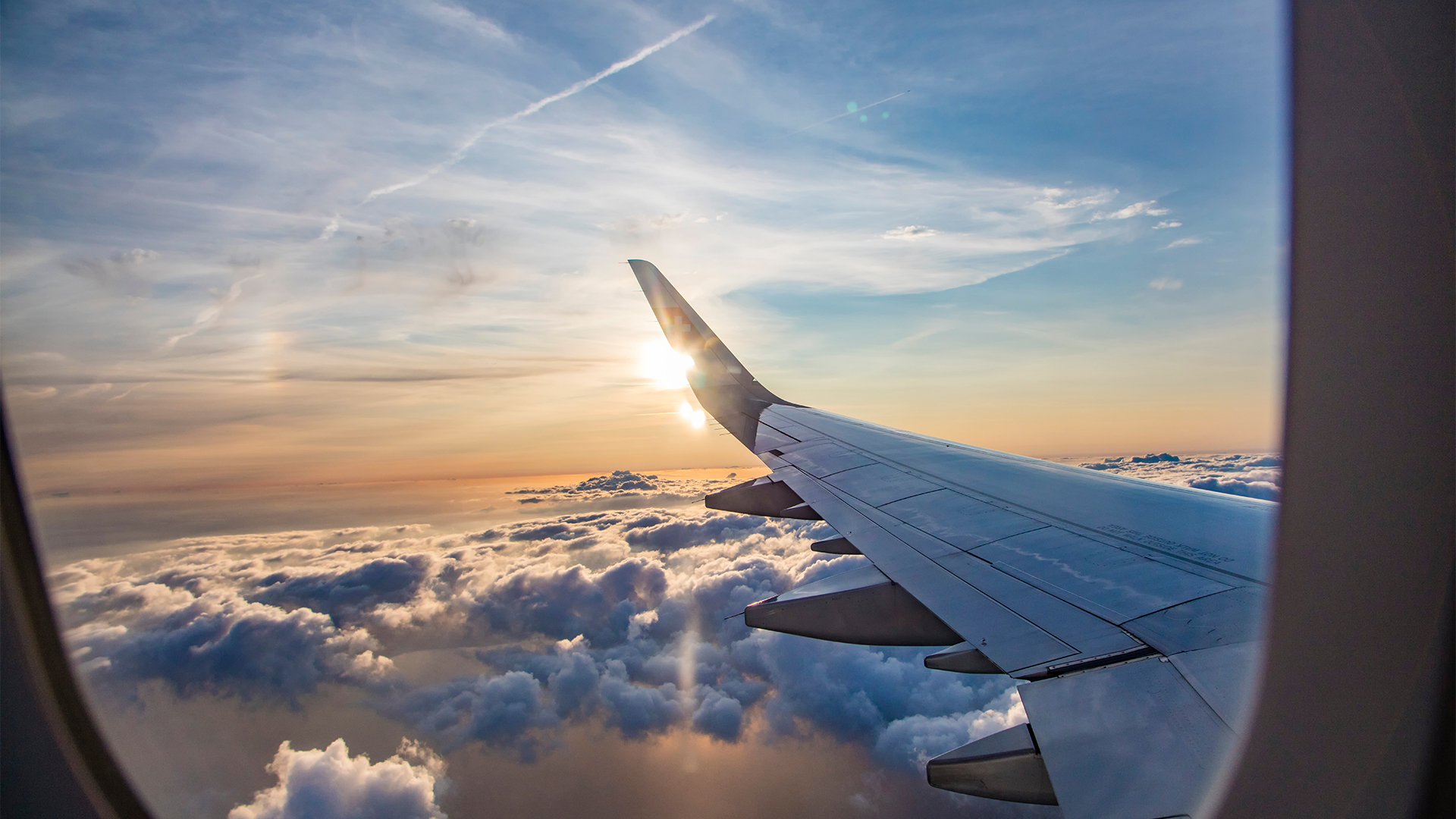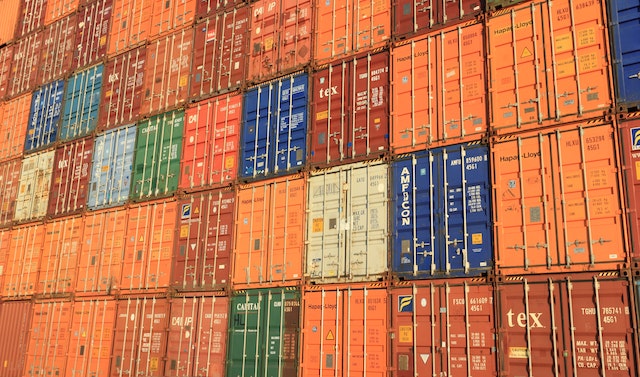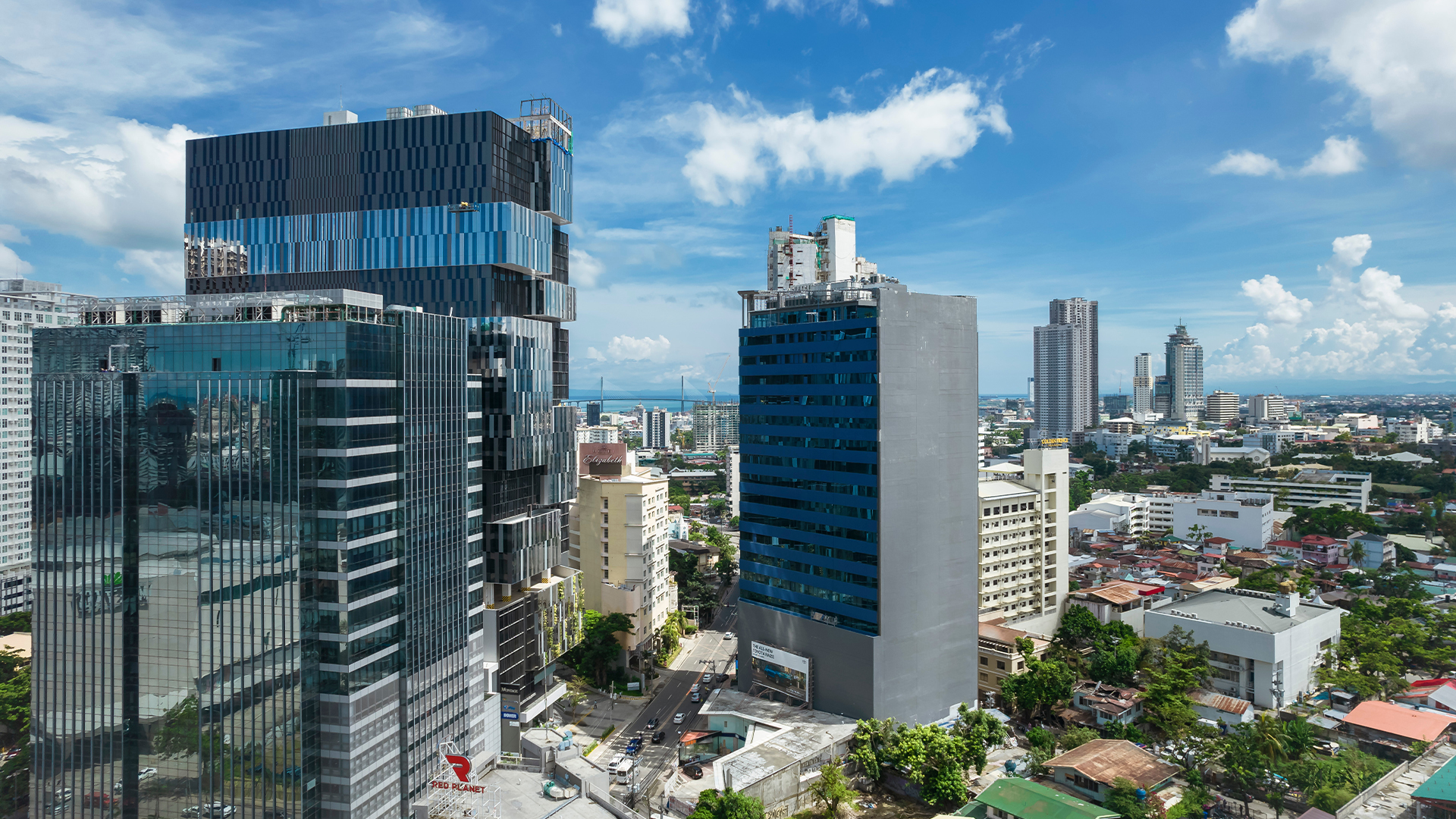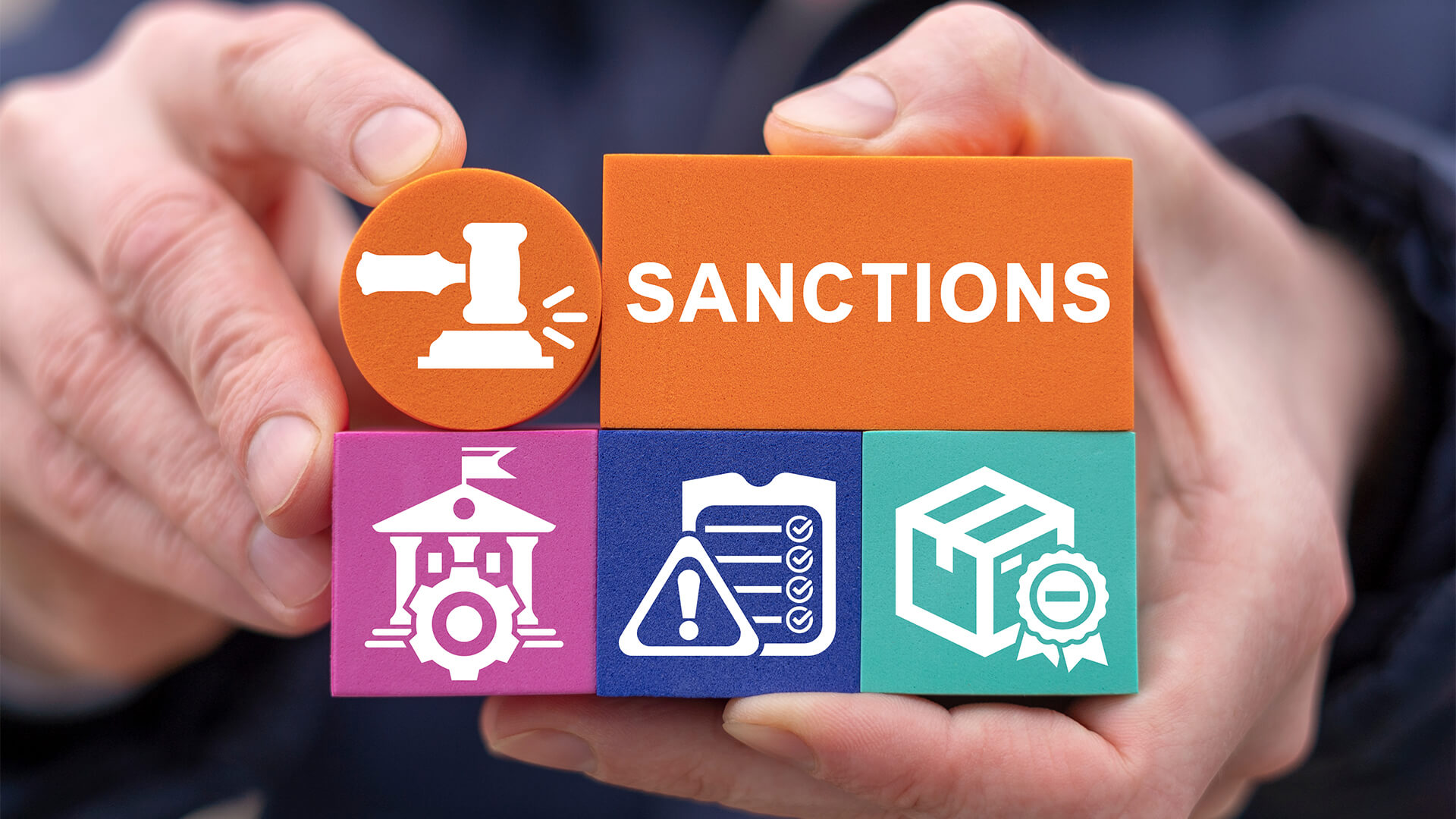Operating across multiple channels, the APAC Insider mission is to bring you news and features from across the Asia Pacific region, including everything from regional news to business and innovation articles and beyond.
Hosting more than a third of the world’s biggest businesses, including Toyota, Samsung, and the Bank of China, the APAC region is a dynamic and fast-paced landscape. To help recognise innovative businesses, APAC Insider is proud to offer awards to shine a spotlight on the companies and individuals changing the business landscape.
APAC Insider operates as part of the AI Global Media portfolio, and its publications are proud members of CPD, an independent accreditation centre working across all sectors and disciplines.
All CPD submissions are assessed and accredited against the universally accepted structured checklist which The CPD Service has developed over the past 20 years. The process takes an impartial and objective overview of structure and value to ensure full conformity to CPD guidelines.
 Media Pack
Media Pack
Thinking of being featured online or in a quarterly issue of APAC Insider? Take a look at our media pack to find out how we can help your business grow.
View media pack ➜
The Essential Guide to Choosing the Right Lawyer for Your Personal Injury Claims
If you've found yourself in a situation where you're considering pursuing a personal injury claim, you might be feeling overwhelmed. After all, navigating the legal landscape can be daunting, especially when you're dealing with the aftermath of an injury. However, one of the most crucial decisions you'll make during this process is choosing the right lawyer to represent you. Your choice of legal representation can significantly impact the outcome of your claim, so it's essential to do your homework and find a lawyer who is the right fit for your needs. In this guide, we'll explore why engaging legal experts, such as Turner Freeman lawyers, is so important and offer some practical tips to help you make the best decision for your personal injury case.Understanding the ImportanceBefore we dive into the nitty-gritty of how to choose the right lawyer, let's take a moment to understand why this decision is crucial. When you're dealing with a personal injury claim, you're likely facing medical bills, lost wages, and physical and emotional pain. The last thing you need is to add the stress of navigating the legal system alone.A skilled personal injury lawyer can be your advocate, guiding you through the complexities of the legal process and fighting to ensure you receive the compensation you deserve. They manage paperwork, negotiate with insurance companies, and represent you in court if necessary. In short, they'll shoulder the burden so you can focus on healing.Qualities to Look ForSo, what should you look for when choosing a personal injury lawyer? Here are a few key qualities to keep in mind:Experience: Look for a lawyer who specializes in personal injury law and has a track record of success with cases similar to yours. Experience matters when it comes to navigating the nuances of personal injury claims and maximizing compensation for clients.Reputation: Research the reputation of the lawyer or law firm you're considering. Read online reviews, ask for referrals from friends or family, and check with professional organizations to ensure you're working with a reputable and trustworthy attorney.Communication: Communication is key in any legal case. Choose a lawyer who is responsive to your calls and emails, and who takes the time to explain your options and answer your questions in plain language that you can understand.Compassion: Dealing with a personal injury can be emotionally taxing. Look for a lawyer who demonstrates empathy and compassion for your situation, and who genuinely cares about helping you get the best possible outcome.Resources: Personal injury cases can be complex and expensive to litigate. Make sure your lawyer has the resources necessary to thoroughly investigate your case, hire expert witnesses if needed, and take your case to trial if a fair settlement cannot be reached.Questions to AskWhen meeting with potential lawyers, don't be afraid to ask tough questions to ensure they're the right fit for your case. Here are a few questions to consider:1. What is your experience with personal injury cases like mine?2. How will you communicate with me throughout the process?3. What is your fee structure, and do you work on a contingency basis?4. Can you provide references from past clients?5. How do you plan to approach my case, and what is your strategy for achieving a successful outcome?Red Flags to Watch Out ForWhile there are plenty of excellent personal injury lawyers out there, it's essential to be aware of red flags that may indicate you should look elsewhere for representation. Here are a few warning signs to watch out for:Lack of Communication: If a lawyer is slow to respond to your inquiries or doesn't take the time to explain things clearly, it may be a sign that they're not invested in your case.Unrealistic Promises: Be wary of lawyers who guarantee specific outcomes or promise unrealistic amounts of compensation. Every case is different, and there are no guarantees in the legal world.Pressure Tactics: If a lawyer pressures you to sign a contract or make a decision before you're ready, proceed with caution. You should feel comfortable taking your time to weigh your options and make an informed decision.Lack of Resources: If a lawyer doesn't have the resources or support staff to handle your case effectively, it could jeopardize your chances of success.Personal Injury Law in AustraliaIn Australia, personal injury law encompasses accidents, medical negligence, workplace injuries, and public liability claims. The legal framework surrounding personal injury claims varies from state to state, with each jurisdiction having its own statutes and regulations governing the process.One key aspect of personal injury law in Australia is the concept of negligence. To successfully pursue a personal injury claim, the injured party must demonstrate that another party owed them a duty of care and breached that duty, resulting in harm or injury. This can involve proving that the responsible party failed to take reasonable precautions to prevent the injury from occurring.In many cases, personal injury claims in Australia are resolved through negotiation and settlement, providing compensation to the injured party to cover medical expenses, lost wages, pain and suffering, and other damages. However, if no fair settlement is reached, the case may proceed to trial, where a judge or jury will determine the outcome.It's important for individuals considering a personal injury claim to seek legal advice from a specialized attorney. A knowledgeable lawyer can assess the merits of the case, provide guidance on the legal process, and advocate for the best possible outcome on behalf of the injured party.ConclusionChoosing the right lawyer for your personal injury claim is one of the most important decisions you will make. By taking the time to research your options, ask the right questions, and trust your instincts, you can find a lawyer who will advocate for your rights and secure the compensation you deserve. Don't hesitate to consult multiple lawyers and choose the representation that best meets your needs.
Read now
Navigating the Legal Maze: Finding the Right Personal Injury Lawyer in the Gold Coast
Hey there! So, you’ve found yourself in a tough spot – dealing with a personal injury on the Gold Coast. It's a tough situation, and you're probably feeling overwhelmed. But worry not, because I'm here to guide you through the process of finding the best personal injury lawyer in the Gold Coast. For expert legal advice, visit Attwood Marshall, Gold Coast.Understanding Your NeedsFirst, let's understand what you need in a personal injury lawyer. Every case is unique, so you'll want someone who specializes in your type of injury. Whether it's a car accident, workplace injury, or medical malpractice, make sure your lawyer has experience in handling cases like yours. This ensures they understand the intricacies of your situation and can provide the best possible representation.Do Your ResearchThanks to the internet, finding a personal injury lawyer on the Gold Coast is easier than ever. Start by browsing online directories, reading reviews, and asking for recommendations from friends and family. Word of mouth can be a powerful tool in finding a reputable lawyer who gets results.Check Their CredentialsLook for lawyers who are members of reputable legal organizations and have a proven track record of success. Don't be afraid to ask about their experience and any specialized training they may have. After all, you want someone who knows their stuff and can handle your case with confidence.Schedule ConsultationsWith your list narrowed down, it’s time to schedule consultations with your top choices. This is your chance to meet the lawyers in person and get a feel for how they operate. Pay attention to how they communicate and whether they take the time to understand your case. Trust your gut – if something feels off, it's probably best to move on to the next candidate.Ask the Right QuestionsDuring your consultations, don't be afraid to ask the tough questions. Inquire about their fees, how they plan to approach your case, and what kind of timeline you can expect. A good lawyer will be transparent about their process and willing to address any concerns you may have. Remember, you're hiring them to represent you, so it's essential to feel comfortable with their approach.Consider Their Communication StyleCommunication is key when it comes to working with a personal injury lawyer. You want someone who keeps you informed every step of the way and responds promptly to your calls and emails. Pay attention to how the lawyer communicates during your consultation – are they attentive and responsive, or do they seem distracted and disinterested? Trust your instincts and choose someone who values open communication.Evaluate Their Track RecordWhen choosing a personal injury lawyer on the Gold Coast, assess their track record of success. Ask about past cases and their favorable outcomes. While past performance doesn’t future success, it can give you a good insight. Look for lawyers with a proven record in similar cases.Consider Their ReputationAside from their track record, consider the lawyer's reputation in the legal community. Are they well-respected by their peers? Do they have a reputation for being ethical and professional? A lawyer's reputation reflects their character and integrity, so research thoroughly before making a decision.Trust Your InstinctsAt the end of the day, choosing the right personal injury lawyer on the Gold Coast is a personal decision. Trust your instincts and choose someone who you feel comfortable with and confident in. Remember, you'll be working closely with this person for the duration of your case, so it's essential to choose someone you trust implicitly.FAQs About Personal Injury Law in Australia1. What is personal injury law?Personal injury law covers legal disputes from accidents or injuries caused by another person's negligence or wrongful actions. It allows individuals who have been injured to seek compensation for their damages, including medical expenses, lost wages, and pain and suffering.2. What types of cases fall under personal injury law in Australia?Personal injury cases in Australia can include a wide range of accidents and injuries, such as car accidents, workplace injuries, medical malpractice, public liability incidents (e.g., slips and falls), product liability cases, and more.3. How long do I have to file a personal injury claim in Australia?The statute of limitations for filing a personal injury claim in Australia varies by state or territory where the incident occurred and the type of claim. Generally, the limitation period ranges from one to three years from the date or discovery of the injury.4. Do I need a lawyer for a personal injury claim in Australia?While you're not legally required to hire a lawyer, it's highly recommended, especially for complex cases. A personal injury lawyer can provide valuable legal advice, navigate the complexities of the legal system, negotiate with insurance companies, and advocate for your rights to ensure you receive fair compensation.5. How is compensation determined in a personal injury claim?Compensation in a personal injury claim typically includes economic damages (such as medical expenses and lost wages) and non-economic damages (such as pain and suffering). The amount of compensation varies depending on factors such as the severity of the injury, the impact on your life, and the negligence of the responsible party.6. Can I still file a personal injury claim if I was partially at fault for the accident?Yes, you may still be able to pursue a personal injury claim in Australia even if partially at fault for the accident. However, your compensation may be reduced based on your percentage of fault, according to the principles of contributory negligence.ConclusionFinding the best personal injury lawyer on the Gold Coast may seem like a daunting task, but with the right approach, it's entirely achievable. By understanding your needs, doing your research, and asking the right questions, you can find a lawyer who will fight tirelessly for the compensation you deserve. So, take your time, trust your instincts, and don't settle for anything less than the best.
Read now
4 Emerging Cyber Security Trends from APAC
The cybersecurity landscape in the Asia-Pacific (APAC) region is more intricate than ever as it becomes more connected digitally. The rapid technological advancements, increasing digital connectivity, and evolving cyber threats, mean the focus on robust cybersecurity measures has intensified. And it’s not just cybersecurity measures, it’s about spreading awareness of how data is used, reclaimed, and the issues with digital footprints and cybersecurity. Stakeholders across the spectrum - from governments to businesses - are interested in emerging trends that will shape cybersecurity strategies in the foreseeable future. Read on to learn about 4 of them. The Rise of Generative AI in Cyber Defense The application of Generative AI (GenAI) technologies is becoming essential in the operations of Security Operations Centers (SOCs) across APAC (and the globe). AI's ability to analyze vast amounts of data swiftly means SOCs are using GenAI to enhance their threat detection and response capabilities. This trend isn't just about automation. It's about augmenting the analytical capabilities of human security analysts, allowing them to address more complex threats effectively. The integration of GenAI means SOCs can better predict potential breaches and respond to cyber threats with unprecedented speed and accuracy. It also facilitates the development of more advanced predictive models, enabling SOCs to anticipate and mitigate risks before they materialize. AI can also prove pivotal when it comes to making data removal tools capable of keeping on top of the incessant pull from data brokers looking to exploit user info. And GenAI can simulate various attack scenarios, providing security teams, with valuable insights into potential vulnerabilities. It's no wonder this is becoming a global trend. Quantum Computing Quantum computing is an incredible tool but a formidable challenge in the cybersecurity domain. Its ability to process information exponentially faster than classical computers gives new efficiencies in developing cryptographic solutions. Still, this capability also presents a risk. Quantum computing has the potential to break conventional encryption methods. The dual nature of quantum computing necessitates a balanced approach, promoting its development while preparing for the quantum threat to current encryption standards. Increased Focus on Mobile and Endpoint Security More advanced mobile and endpoint security is becoming essential. Mobile devices and the expansion of Internet of Things (IoT) networks in APAC are rapid - securing mobile applications and endpoint devices has to be paramount. The region is witnessing a significant move towards enhancing security protocols for these devices. It's driven by the increased attack surface they present because they're so open and vulnerable. Cybersecurity strategies are evolving to include more rigorous security measures for mobile and IoT environments. They're focusing on advanced threat detection systems and robust security frameworks to protect against sophisticated cyber-attacks. That includes the adoption of zero-trust architectures, requiring verification from every device attempting to access resources on the network, regardless of whether the access attempt appears to be from within the network perimeter. And, there's the increasing use of behavioral analytics that help detect unusual patterns indicating a security breach. Collaboration and Regulatory Evolution Cyber threats are growing in scale and complexity - every nation and government is struggling to manage that. However, there is a marked trend towards greater collaboration and regulatory development in APAC. Countries in the region recognize the need for cohesive cybersecurity policies and are working together to strengthen defenses against state-sponsored and independent cyber threats. There's an emphasis on creating a unified regulatory framework that addresses the diverse cybersecurity challenges faced by the APAC nations - something that all nations could benefit from globally. The cybersecurity trends emerging in APAC reflect a region at the forefront of technological innovation. Yet, at the same time, they're equally vulnerable to the perils that come with it. It'll be interesting to see how these emerging cybersecurity trends play out.
Read now

Get news and great content quarterly. Just subscribe to our newsletter and never miss a thing!
Sign me up!



















































